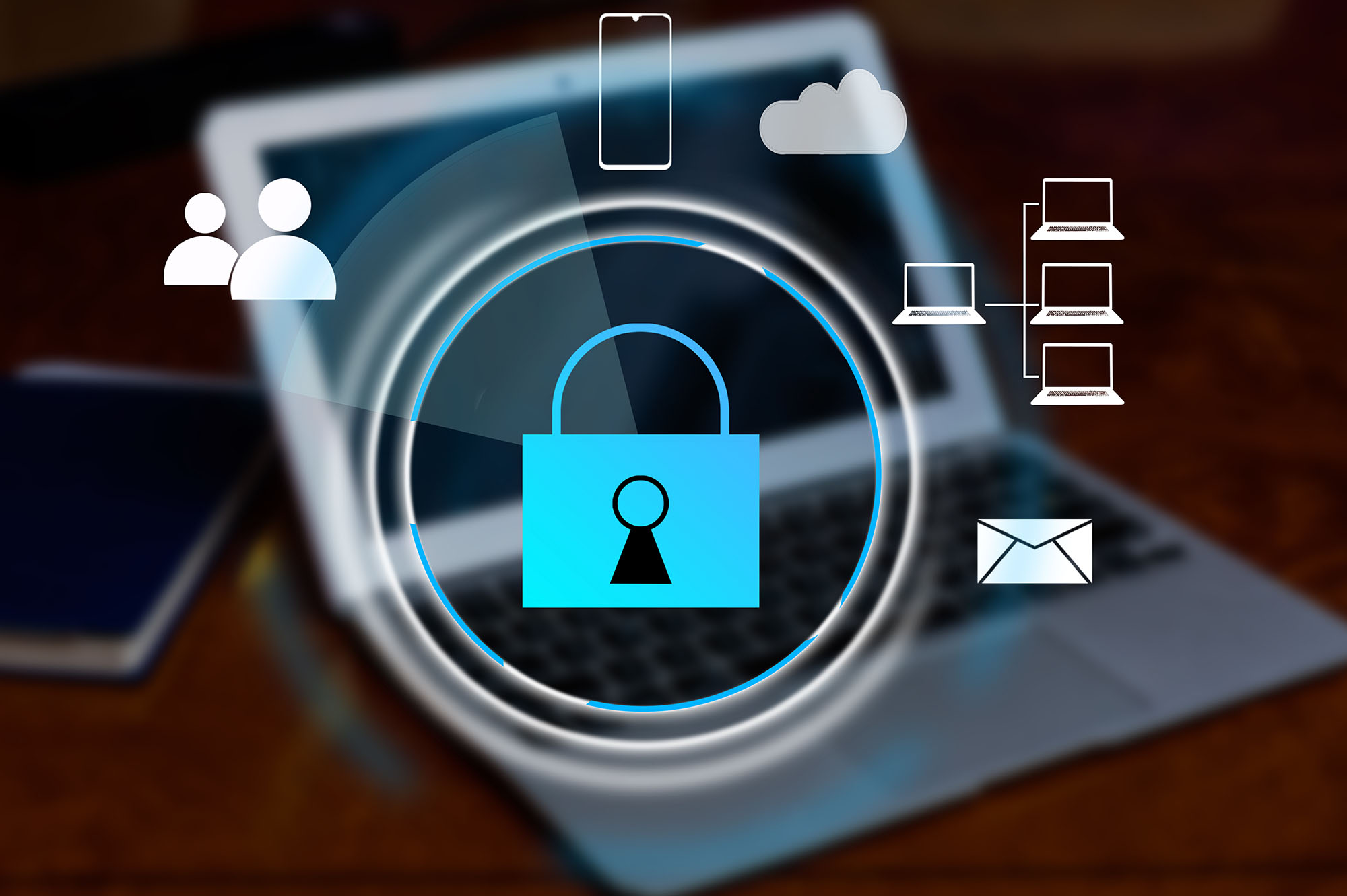
Why employers should include cybersecurity needs for remote workers
Though remote work started as a disaster response, businesses and employees alike have since noted the benefits that can come from working at home, including improved worker satisfaction, increased productivity, reduced commute times, and lower overheads. However, it’s important to acknowledge that alongside all of its advantages, remote work also has some ongoing issues, not the least of which is the potential risk of cybercrime. Taking equipment and practices away from the strictly controlled confines of the office can open up various forms of security vulnerability to businesses, workers, and consumers alike.
So how can companies continue to enjoy the benefits of this flexible work approach while mitigating the significant risks? Let’s examine why employers must take a robust position on the development of cybersecurity protocols and tools for their remote workers, as well as the most effective approaches to this process.
Why prioritize this?
You may think your business already has a relatively robust set of cybersecurity protocols. So why should you prioritize specific remote cybersecurity changes in a business and economic climate that is already putting a lot of pressure on your company? Though remote work definitely has its upsides, it also creates various new points of vulnerability, each of which is multiplied by every staff member working from home.
There is also a timing factor involved here. Cybercriminals are cognizant of the fact that more people are working from home at this moment in history than ever before, opening up additional opportunities for them to cause data breaches, use backdoors to access networks, introduce ransomware for financial gain, or otherwise cause widespread disruption in businesses. They also know that many companies have taken to remote operations as an emergency resort and, as such, haven’t taken enough time to build robust cybersecurity protocols. The result is that companies with remote workers have become prevalent targets to the extent that the Federal Bureau of Investigation (FBI) issued a press release alerting employers of the increased risks that come with remote work.
This is also a period of great uncertainty in the world, and both customers and employees are assessing which businesses are worth their trust, time, and investment. Safety is a priority for most in terms of both physical health and online security. If a business experiences breaches or infections because it hasn’t taken the time to protect its stakeholders from the cybersecurity risks of remote operations, it is at risk of damaging its reputation at a volatile moment.
Closing the gaps
When planning or implementing remote practices, leadership must understand and address the potential risks as soon as possible. This should be done in collaboration with your information technology (IT) department or cybersecurity consultants, as they’ll have expert insight into how your technology, its uses, and related practices can create points of vulnerability.
You should also involve individual remote employees in this process, particularly if they are using their own devices. You must understand the exact procedures they follow in the course of their duties, the software and hardware they use, and how their home networks are protected. This kind of thorough situation audit may seem invasive, but it is essential. It will provide you with a full and accurate analysis of any security gaps that must be closed to keep everyone safe.
The initial solutions provided by you and your IT team are likely to be software-based. Providing access to business-level virtual private networks (VPNs) is increasingly popular at the moment, as is the application of two-factor authentication for access to cloud storage and sharing platforms. However, if your company deals with particularly sensitive or valuable data, you may need stronger solutions. You may need to engage in negotiations with your staff regarding the tech equipment they require for remote work. Company laptops are common in these scenarios. However, if you need to install additional secure networks in your staff members’ homes, then you may need to prepare a persuasive case for this and possibly compensate for any disruption this may cause in their homes.
Addressing behavior
It is important to ensure the planning, equipment, and security software in place for remote workers are sufficient. However, the equipment is not at fault in most cybercrime cases. In a recent study, 47% of polled business leaders reported that human error was the cause of their breaches. Given that remote workers are away from the strictly controlled boundaries of the office, it is in everyone’s best interest to mitigate potential behavioral risks.
Don’t approach this with the attitude that your remote workers are likely to be dangerous or can’t be trusted; that would only stoke resentment. Rather, empower your remote workers to keep themselves and the company secure. Take time to educate them. Task your HR department with providing cybersecurity training so workers can gain a better understanding of the risks, how their behaviors impact these risks, and the steps they can take to address any potential issues. This should be a regular occurrence so that staff can be kept up to date with current risks, tools, and safe practices.
It’s also important to formalize what is expected of workers from a cybersecurity perspective, especially if you are managing multiple teams at once. In particular, creating documents that set out clear policies and practices for remote work can cement the fact that these issues should be taken seriously. These documents also remove any ambiguity, as they clarify the relevant issues and solutions, as well as the potential consequences of failing to adhere to these guidelines.
Conclusion
As remote operations are becoming increasingly common in the business environment, you should understand how these practices can present cybersecurity risks. As such, you must work with your remote employees to address any points of vulnerability and consider any behaviors that could give rise to breaches. Treat this as a collaboration, and provide clarity to ensure you are working together to keep all stakeholders safe.
Luke Smith is a writer and researcher turned blogger. Since finishing college, he is trying his hand at being a freelance writer. He enjoys writing on a variety of topics, but business and digital marketing topics are his favorite. When he isn’t writing, you can find him traveling, hiking, or gaming.



